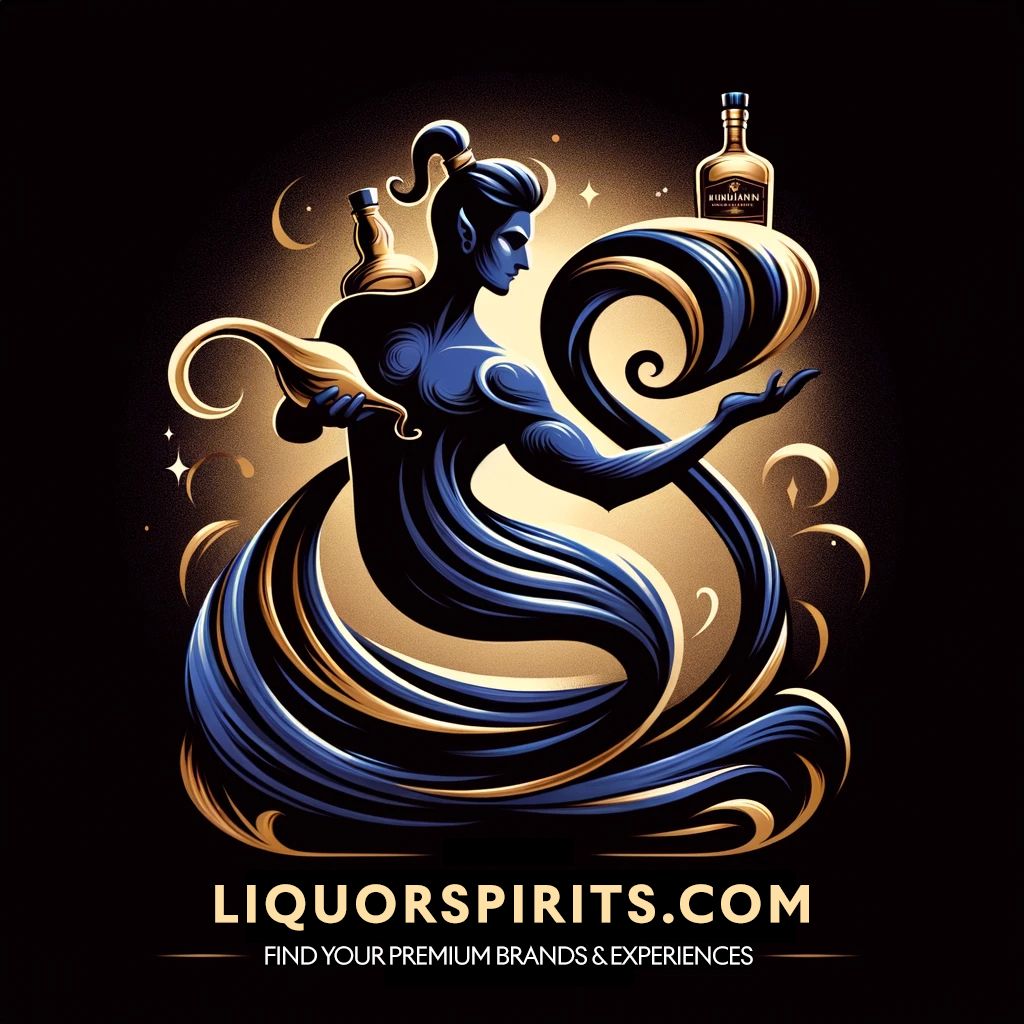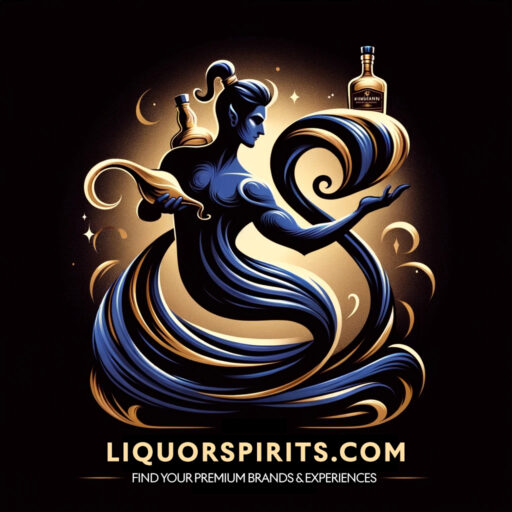Exploring International Champagne Regions: Terroir, Taste, and Techniques
Champagne, a sparkling wine that can only be produced in the Champagne region of France under stringent regulations, has inspired numerous wine regions around the world to develop their own versions of sparkling wine. These wines, while not “Champagne” in the technical sense due to geographic designation, emulate the style and production methods of their French counterpart. This exploration delves into several prominent international regions known for their sparkling wines, highlighting the nuances that distinguish each area and what a wine expert might notice in their flavors and palates.
1. Champagne, France
Characteristics:
The epitome of sparkling wine, true Champagne comes from a region with cool temperatures and chalky soil, contributing to the grapes’ acidity and minerality. The use of Pinot Noir, Chardonnay, and Pinot Meunier grapes is traditional.
Taste Profile:
A wine expert would note Champagne’s fine bubbles and complex flavor profile, often with notes of almond, orange zest, white cherry, and subtle yeasty tones of biscuit or bread. The palate is marked by high acidity balanced by varying degrees of sweetness, depending on the style (Brut Nature, Extra Brut, Brut, etc.).
2. Prosecco, Italy
Characteristics:
Prosecco is primarily produced in the Veneto region of Italy, from the Glera grape. It’s typically fermented using the tank method (Charmat), which creates lighter, more fruit-forward flavors.
Taste Profile:
Prosecco tends to have softer bubbles compared to Champagne and a fruitier, more approachable profile. Expect flavors of green apple, honeydew, pear, and fresh floral notes. It generally presents a sweeter palate and less complexity, making it highly approachable.
3. Cava, Spain
Characteristics:
Cava is produced in the Penedès area in Catalonia using the traditional method but with native Spanish grapes such as Macabeo, Parellada, and Xarel·lo. Some producers use Chardonnay and Pinot Noir.
Taste Profile:
A wine expert would recognize Cava by its firm acidity and citrus flavors alongside more earthy notes of almond and marzipan. Cava often exhibits a creamier mouthfeel than Prosecco, with medium-sized bubbles and a slightly nutty finish.
4. Sekt, Germany
Characteristics:
German Sekt is often made from Riesling, Pinot Blanc, and Pinot Gris. It can be produced using both the traditional and tank methods, but premium Sekt (often labeled as “Winzersekt”) uses the traditional method with longer aging.
Taste Profile:
Sekt is noted for its high acidity and aromatic delicacy. Flavors can range from crisp apple and pear in younger Sekts to more developed toasty and brioche-like notes in aged examples. The texture is often very refined, with fine bubbles.
5. New World Sparkling Wines (e.g., California, Australia)
Characteristics:
New World regions often use traditional Champagne grapes and methods but can also incorporate local grape varieties. The climate varies widely, allowing for a range of styles.
Taste Profile:
In regions like California’s Napa Valley or Australia’s Tasmania, sparkling wines can exhibit brighter fruit flavors with a pronounced richness and creaminess. Notes of citrus, tropical fruit, and red berries are common, with complexity and texture that can rival some Champagnes.
Conclusion
Each of these regions brings its unique attributes to sparkling wine production, influenced by local grape varieties, climatic conditions, and production techniques. Wine experts looking to explore beyond Champagne will find a diverse palette of flavors and styles in these international offerings, each telling its own story of the land from which it comes and the traditions that shaped it. Whether savoring the refined elegance of French Champagne or enjoying the vibrant fruitiness of a New World sparkler, there is a sparkling wine to suit every palate and occasion.






